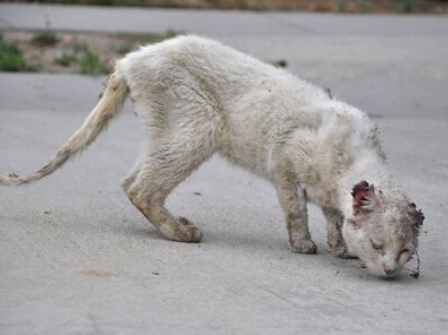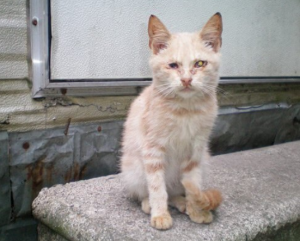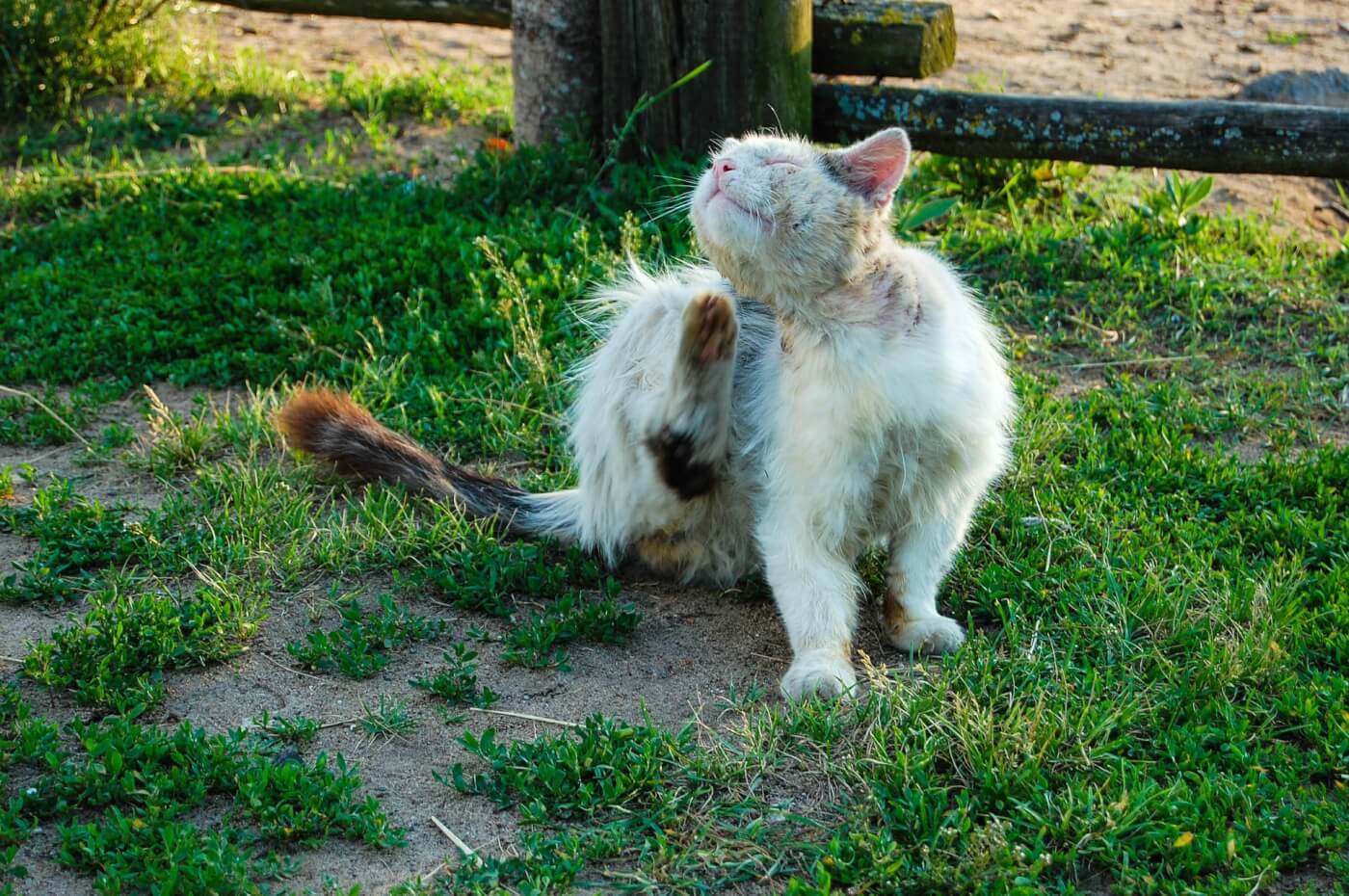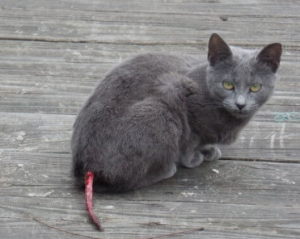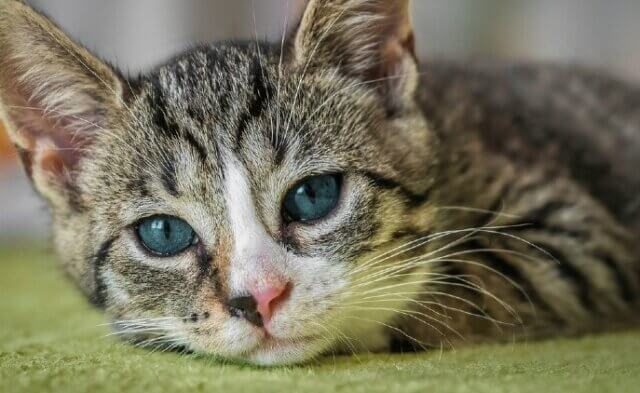It’s a debate that can turn even the mildest-mannered “cat people” into snarling, hissing adversaries: trap, neuter, release (TNR). The topic is heating up as so-called “no-kill” lobbyists are pressuring animal shelters to embrace TNR in an effort to make their “saved” statistics look better. But are cats who are turned back out onto the streets actually “saved”?
The statistics say otherwise.
The average lifespan of a cat who lives outdoors is just 1 to 5 years, compared to 12 to 20 years for a cat who lives indoors. So when people turn cats loose, they often aren’t buying them much—if any—time. Some worry that animals taken to shelters will be euthanized, but the very definition of euthanasia is “good death.” On the streets, cats’ deaths are inevitably bad. They die of deadly contagious diseases, traffic accidents, parasite infestations, dehydration, exposure, attacks by predators (including cruel humans), and other terrible fates. Just a few recent examples include the following:
-A cat who was allowed to roam outdoors without supervision was found dead, impaled by an arrow, in the yard of an abandoned house in Iowa. Another “outdoor cat” was shot and killed by a neighbor in Connecticut who said that he was “annoyed” that the animal was in his backyard.
-A stray cat was reportedly tortured and killed in a Maryland alley by five teenagers who threw cinder blocks at the cat’s head and burned the animal with a cigarette lighter, among other abuses.
-A free-roaming cat in Indiana was found frozen to death near an apartment complex, and one in Nebraska froze to death, even though the animal had a “shelter.” Another cat in the area was found barely alive under a car. Despite treatment, the animal later succumbed to frostbite and exposure.
Moreover, not all TNR cats are “feral”—many are quite tame. Not only are such cats adoptable, they may also be someone’s lost companion. Refraining from taking these animals to shelters means that they lose their best chance of being reclaimed by their guardians, who may be frantically searching for them.
Even if you set aside the risks associated with turning cats loose to fend for themselves, there are the dangers that the cats themselves pose to native wildlife, whose welfare must be taken into account by anyone who considers him- or herself a defender of all animals’ rights. Cats are the leading cause of human-related bird deaths, killing as many as 3.7 billion birds in the U.S. every year. Even so-called “ferals” (who are genetically identical to tame cats) are domesticated animals—they’re native to nowhere and therefore invasive everywhere. In fact, cats are considered the most deadly invasive species in the world, responsible or partly responsible for the extinctions of more than 60 species.
As “subsidized predators” (i.e., predators fed by humans), cats can far exceed the carrying capacity of a habitat, making them even more lethal than native predators. Feeding them doesn’t stop them from hunting, something tacitly acknowledged by those who promote releasing cats to “catch rodents” (while downplaying that they will also hunt birds and other animals).
And then there’s the “inconvenient truth” that TNR doesn’t even work. On the contrary, it actually encourages more people to abandon their cats because they think the animals will be cared for. The food set out for “managed” colonies also attracts more cats (as well as wildlife, including rabies-vector species). Show of hands: How many of you who put out food for cats have had new cats (as well as opossums, foxes, raccoons, and even rats) show up at meal times? I thought so.
The bottom line is that TNR makes humans feel better, not cats. Veterinarian and syndicated animal-advice columnist Dr. Michael W. Fox doesn’t mince words when he says that it’s “unconscionable” to abandon cats who are considered “unadoptable” and calls TNR a “blight” on the animal-sheltering community. “It is time to reevaluate the ‘no-kill’ policies that incentivize these terrible outcomes for cats and wildlife, and it is time to work for responsible solutions,” he says.
Instead of abandoning cats, we must address feline homelessness at its roots by requiring that all cats be spayed and neutered, vaccinated, licensed, microchipped, and kept indoors. If your local shelter is considering adopting a policy of refusing to admit cats and/or spaying/neutering and abandoning them, remind shelter officials that cats should be their top priority—not deceptive, feel-good statistics.


